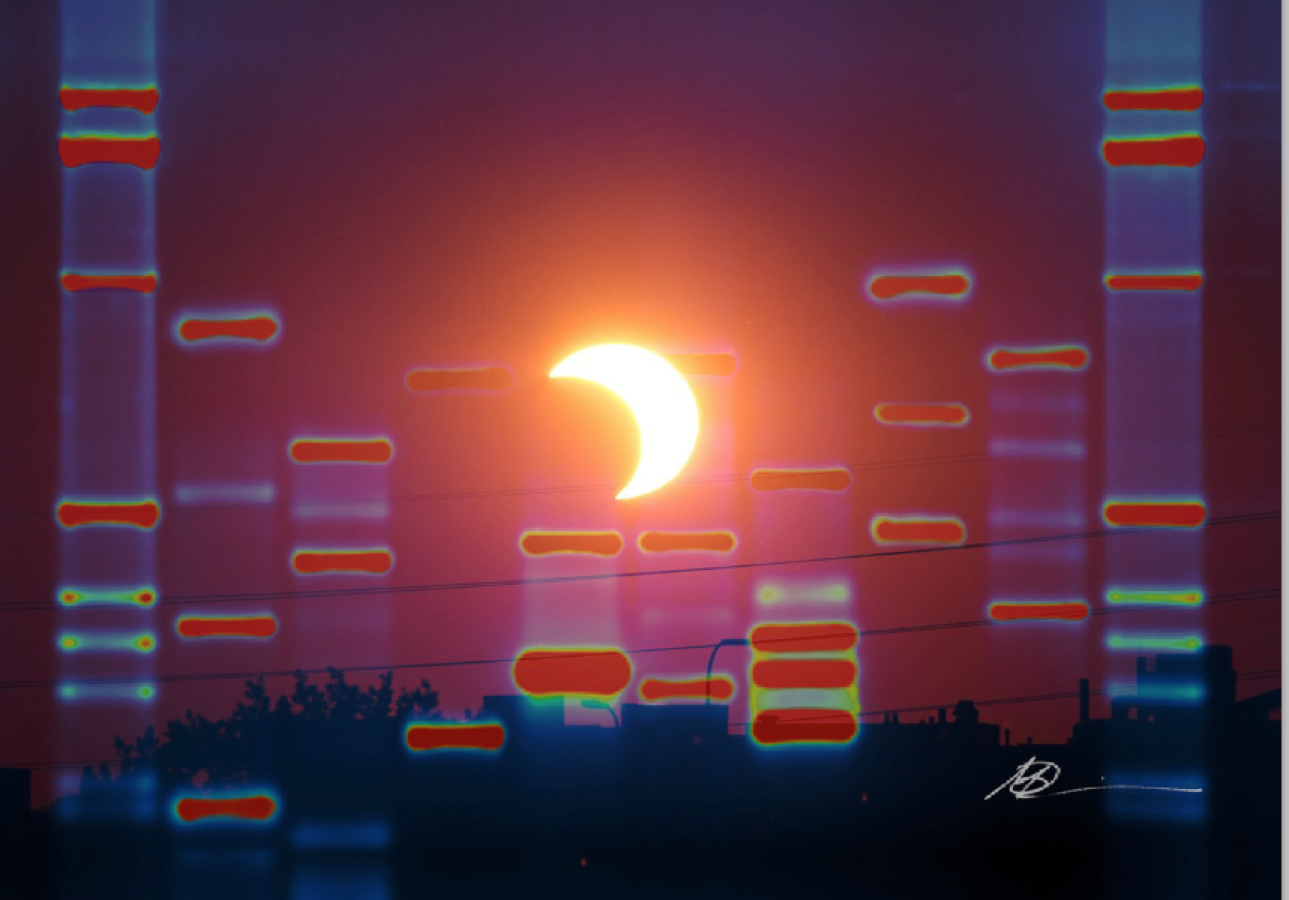The New York Times recently featured a quiz asking “Can Gene Editing Actually Do That?“, looking at different possible actions we might think CRISPR could do, and asking you to determine if they have “already happened,” are “hypothetically possible” or are the realm of “pure fiction.” Can CRISPR eliminate bipolar disorder? Make malaria-carrying mosquitoes extinct? Create a version of smallpox that is resistant to vaccines?
It’s a surprisingly difficult quiz. But that difficulty highlights just how much power we humans have come to wield. The fact that we can even think about changing genes to let blind people see is an incredible achievement in and of itself.
In contrast, the Great American Eclipse is something totally outside of our control. When the moon crosses between the Earth and the Sun, all we’ll be able to do is simply look up at the awe-inspiring scene. Just make sure you do it safely!
So the way we engage with CRISPR and our technological innovations are very different from the way we engage with the eclipse. And it reminded me of the classic work The Lonely Man of Faith, by Rabbi Joseph Soloveitchik.
Soloveitchik’s book focuses on what it means to be human and starts with the story of the creation of Adam. But he notes that the creation story describes two different ways in which Adam is formed. “Adam the first” is a technologically-driven creature. As Soloveitchik describes it,
Adam the first is aggressive, bold, and victory-minded. His motto is success, triumph over the cosmic forces. He engages in creative work, trying to imitate his Maker (imitatio Dei)…The modern scientist does not try to explain nature. He only duplicates it. In his full resplendent glory as a creative agent of God, he constructs his own world and in mysterious fashion succeeds in controlling his environment through manipulating his own mathematical constructs and creations. (15)
We need to remember that our creativity, our ability to shape the world and change it, is a gift from God. Indeed, using our tools to invent new things is what it means to be created “In the image of God,” since the very first thing God does in the Bible is create.
Yet there is another facet of our humanity, too — our sense of wonder and majesty, and this is “Adam the second.” Soloveitchik continues that,
Adam the second does not apply the functional method invented by Adam the first. He does not create a world of his own. Instead, he wants to understand the living, “given” world into which he has been cast. Therefore, he does not mathematize phenomena or conceptualize things. He encounters the universe in all its colorfulness, splendor, and grandeur, and studies it with the naivete, awe and admiration of the child who seeks the unusual and wonderful in every ordinary thing and event. (17)
Sometimes we need to pause and simply marvel at what we have no control over. We need to be reminded of the sense of “Wow” that has become less and less prevalent in our society.
So as we read about these scientific and technological wonders, let’s also remember the difference between science and technology. One is instrumentally valuable, while the other is intrinsically powerful.
And in order to be truly human, we need both.




